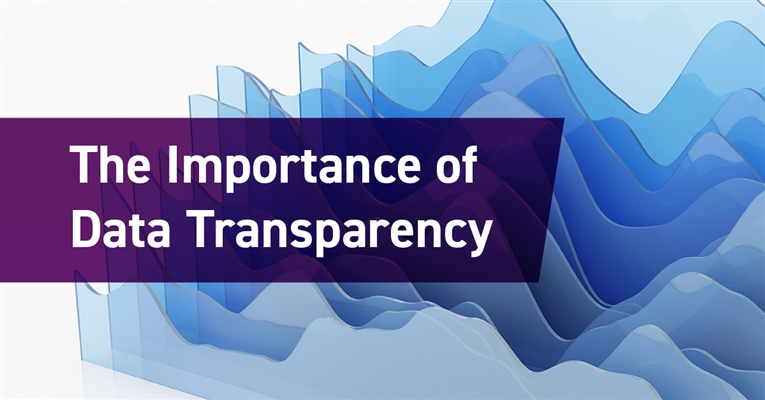More isn’t more
No one would be surprised to hear that more and more data is generated every year. Statistics show that there are about 99,000 Google searches every second. That equates to roughly 8.5 billion searches per day on Google. In 2022, there were 4.95 billion people using social media of some kind – that’s about 62.5% of the earth’s population. This leads me to ask the question: “Why do my posts only get 1 like?”
Today, most businesses will tell you that they now have too much information to analyze. In 2022, the world produced ~94 zettabytes (one zettabyte = 1 billion terabytes) of new information. This unimaginable amount of data will only get larger and larger over time. Data-driven decision-making is critical to any business, especially when innovation is an important goal.
Data-driven product development
In the product design space, the amount of data that is needed to develop innovative products is increasing all of the time. Multiple stakeholders are needed to take a product from concept to delivery, and all along the way data must be viewed, evaluated, and analyzed. The old saying, “two heads are better than one” is very true when innovative products are being developed. Yes, most companies today still struggle with the ability to make the right data available to the right people at the right time.
In survey after survey, we have found that key stakeholders in the product development process do not have access to the most up-to-date product data. Many hours are spent by engineers cutting and pasting slides together to show the stakeholders the latest status of the project. This takes everyone’s time and eventually decisions are made on information that may not even be accurate or current.
In most companies today, data exists in many silos and in disconnected systems. Linking all these systems together in a meaningful way is difficult and expensive. Even as more solutions migrate to a flexible cloud infrastructure there are many challenges to collaborating on data and information hidden in multiple silos.
Data visualization needs context
We might assume that more data will lead to greater insights and allow us to gain more knowledge. We have begun to realize that making piles of data available to many people does not necessarily lead to better outcomes – in some cases it can turn into a liability. By providing dashboards of selected information with context, curated for a specific purpose, we can help alleviate the challenges of data overload.
Dashboards can visualize data that is relevant and that is provided to address only the task at hand. Flexibility of dashboards and customization of dashboards is required to make sure that the data is correct and useful, and not just a pile of useless charts. A strong PLM platform with a flexible architecture is required to make this data available and customizable to support innovative product development now and in the future.
Accessing data with flexible architecture is critical
It is not possible to move all of your data into one system and think that it will remain there indefinitely. Your company will change and acquire new businesses and deploy new solutions, and the data silo challenge will not go away any time soon. Providing a flexible architecture and PLM platform to support product development would go a long way toward making your business more resilient to change. Would that be good news if there was an excellent way to provide a view of siloed data to all stakeholders in your company as products are designed? Of course, it would!
But how can I see all of this important information that is needed to do my job? I also need to collaborate with a group of people that also require access to this data. What possible tool exists to provide this information in a flexible way that allows all of us to work together on the same information and keep up to date on changes as they happen? It sounds impossible!
Never fear, dashboards are here! It is now possible to create flexible dashboards that display all your information and share it with others. The capability to create your own custom dashboard provides a way to reach deep into the PLM data and show it to all kinds of people with clarity and detail as your project proceeds.
If this sounds like a miracle, it is not
The innovative products of the future will require collaboration and cross-pollination between multiple experts in various parts of the business. The products of the future will require product designers to engage with other disciplines to successfully combine all the needed features that will make the customer happy. The scope of product engineering is changing to include mechanical, electrical, software, manufacturing, product maintenance, AI-inspired input, and other domains that in the past have been separated until very late in the product development lifecycle.
Your competition is working on this right now. They are connecting their vast silos of data with informative dashboards and collaborative solutions that will allow them to develop more innovative products. Can you afford not to strive with all your might to leverage the data that sits across silos in your enterprise? It may be time to look at a new PLM platform that provides the flexibility and capabilities needed to support a future business's data needs.
Interested in knowing more? Watch our recent webinar, “Aras Dashboards and Reporting.”

